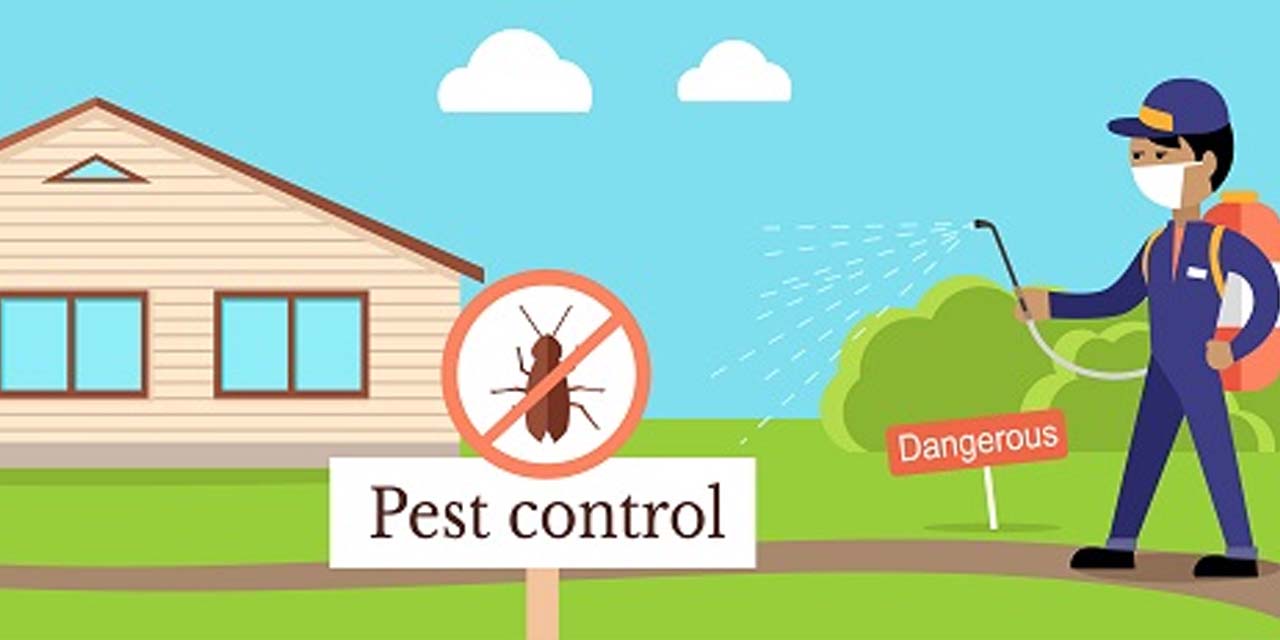Hanks Saisai
Crop production is an activity that involves the cultivation or tilling of land to enable people to grow their own food for self-sustenance. However, farmers can encounter several challenges before they can harvest their desired produce. One of the most predominant challenges are pests and diseases. Pests are organisms that attack crops by eating them or causing diseases.
When growing crops, it is of great importance that farmers acquire knowledge of the types of pests that may attack and cause damage to crops. There are mainly four types of pests; chewing pests which eat and chew on crop leaves for example grasshoppers, slugs and snails. Sucking pests such as arphids, red spider mites and mites are normally found on the underside of leaves and their sucking effect can cause leaves to curl backwards.
Stinging pest such as melon fly or pumpkin fly can be harmful to fruit vegetables as they sting and pierce on fruits causing them to rot on the pierced or stung part. Soil pests are the last group of pests that attack roots of crops, causing serious damage to crops grown in a garden or crop field; an example would be cutworms.
Pests can be controlled using chemicals, biological control methods such as introduction of a natural enemy and by using Good Agricultural Practices such as Crop rotation and in some cases, pests can be controlled using homemade remedies.
Cigarettes can be turned into a homemade remedy to control caterpillars (chewing pests) in the following method: Fill a pot with 5 liters of water, then add a cup full of cigarette ends into the pot and then boil for 30 minutes. Thereafter filter the water through a cloth. Then add one large spoon of finely chopped soap to the liquid. Thereafter dilute the mixture (poison) with 1 liter of water, then spray the mixture on the leaves. The Nicotine in the cigarette ends kills the chewing pests. Allow a grace period of at least 4 days before one can eat the vegetable leaves. Another method is to use garlic and turn it into a poison, chop or crush three cloves of garlic and then soak them in liquid paraffin for 3 days. Then add a large spoon of finely chopped soap and then mix the poison by adding 10 liters of water.
Ensure that the poison is then sprayed on the crops, this will kill some insects and at times act as a repellent. This is a true classic example of homemade remedy and should be part of every gardener’s arsenal. A garlic/chilli-based spray is effective for small sucking insects such as aphids as well as caterpillars. Combine crushed garlic and chilli (powdered chilli will do if you don’t have fresh) with one tablespoon of vegetable oil and a small amount of dishwashing liquid or soap flakes. Leave the mixture to soak overnight in a jar, then strain and spray on plants.
Avoid contact with your skin and eyes and keep away from kids. The mixture should be used within two weeks. To successfully control pests, farmers are encouraged to use the recommended spacing requirements (spacing between and within rows). Also ensure that you use pest resistant seeds and adopt Good Agricultural Practices such as early planting to increase the chances of yielding a good harvest.
*Hanks Saisai is Agribank’s Technical Advisor: Crops & Poultry.




